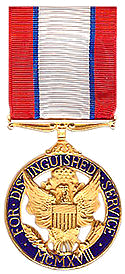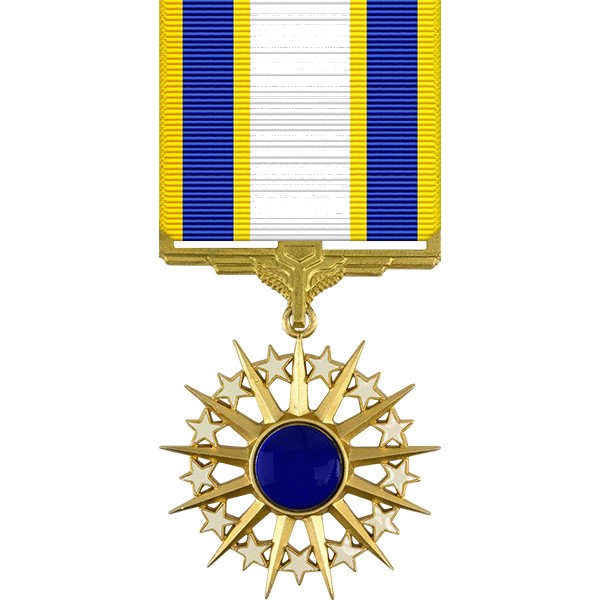Navy Distinguished Service Medal — Military Decorations
Navy Distinguished Service Medal Medal and Ribbon Design Images

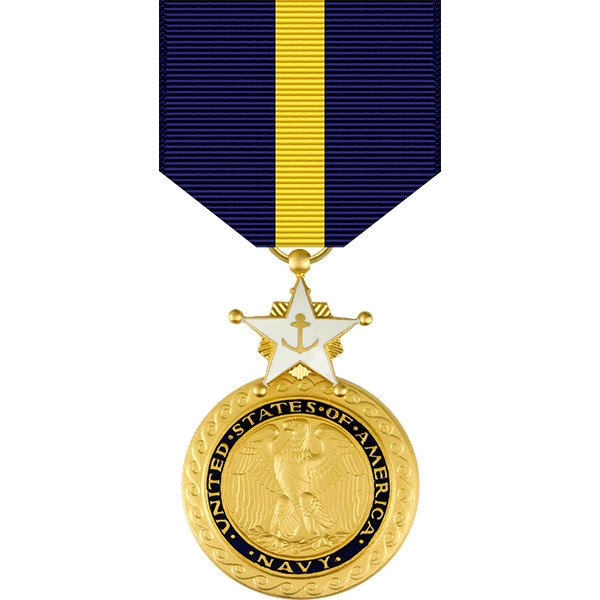
The medal is a gilt bronze medallion 1.25 inches (32 mm) in diameter. An American eagle with wings displayed is centered on the front of the medal. The eagle is holding an olive branch in its right talon and arrows in its left. The eagle is encircled by a blue ring with the words UNITED STATES of AMERICA and NAVY engraved upon it. The medal is attached to the ribbon by a gold piece shaped as an anchor.
On the reverse of the medal is a trident surrounded by a laurel wreath. The wreath is in turn surrounded by a blue ring which states FOR DISTINGUISHED SERVICE.
What is the Navy Distinguished Service Medal Decoration?
The service ribbon is navy blue with a single central stripe of yellow. Additional awards of the Navy Distinguished Service Medal are denoted by gold and silver 5/16 inch stars worn on the medal's suspension and service ribbon
The United States military sorts decorations into categories called Classes and Types. The Navy Distinguished Service Medal medal is classified as a Personal Decoration of the type Distinguished Service Medal.
How Do You Earn the Navy Distinguished Service Medal?
The Distinguished Service Medal was initiated in 1919 as a decoration for both the US Marine Corps and US Navy during World War I. It was intended to be an award for those who did not complete actions that would merit the Medal of Honor, but who served gallantly for the protection and safety of the United States. The Navy Distinguished Service Medal is bestowed upon members of the Navy or Marine Corps who distinguish themselves by exceptionally meritorious service to the United States government in a duty of great responsibility.
In order to be awarded this decoration, exceptional performance of duty must be clearly above that normally expected, and contributes to the success of a major command or project. “Generally, the Distinguished Service Medal is awarded to officers in principal commands at sea, or in the field, whose service is of a manner to justify the award. However, this does not preclude the award of the Navy Distinguished Service Medal to any individual who meets the service requirements.” The term “great responsibility” denotes a position such as a senior enlisted or officer position that places a sailor in charge of a number of individuals and projects.
Displaying the Navy Distinguished Service Medal
The Order of Precedence of the Navy Distinguished Service Medal is 9, and this precedence is used when placing the associated service ribbon on your uniform ribbon rack. You can see a full list of decorations in the order of precedence on the Decorations homepage.
The award is the Navy and Marine Corps equivalent to the Army Distinguished Service Medal, the Air Force Distinguished Service Medal, and the Coast Guard Distinguished Service Medal. The Navy Distinguished Service Medal was originally senior to the Navy Cross, however in August 1942 the precedence of the two decorations was reversed. It is now worn after the Defense Distinguished Service Medal and before the Silver Star Medal.
Navy Distinguished Service Medal Associated Branches
Navy |
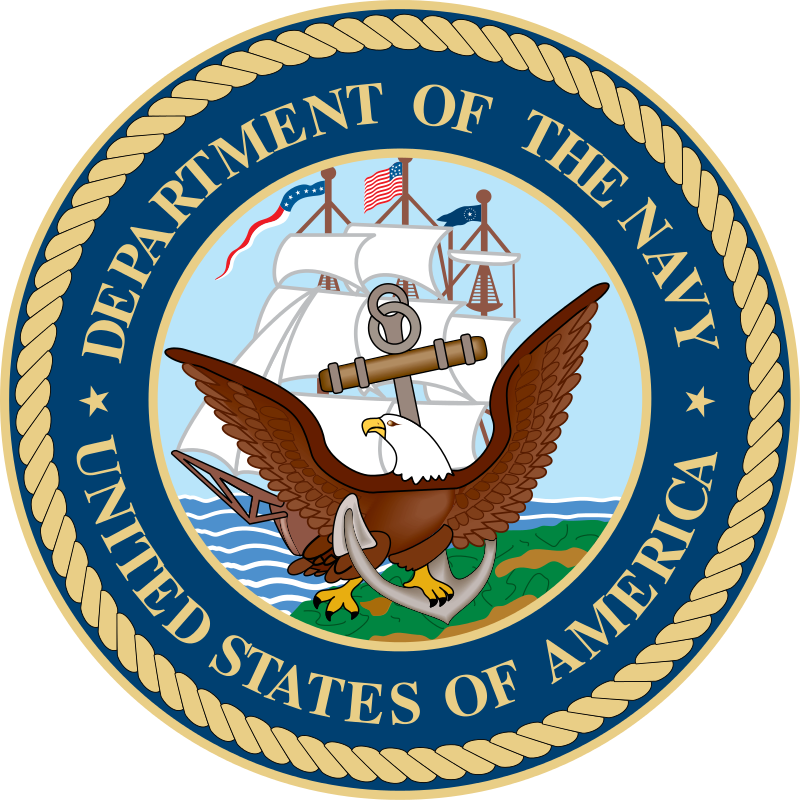 |
Marine Corps |
 |
Navy Distinguished Service Medal Associated Branches
Navy |
 |
Marine Corps |
 |
Navy Distinguished Service Medal and the Stolen Valor Act
The Stolen Valor Act of 2013 is a federal law that makes it illegal for any person to falsely claim to be the recipient of certain military awards, "with the intention of obtaining money, property, or other tangible benefit by convincing another that he or she received the award".This decoration is covered by the Stolen Valor act. Fraudulently claiming to have received a Navy Distinguished Service Medal can result in punishment including a fine, imprisonment for not more than one year, or both

























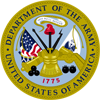


















































































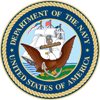



























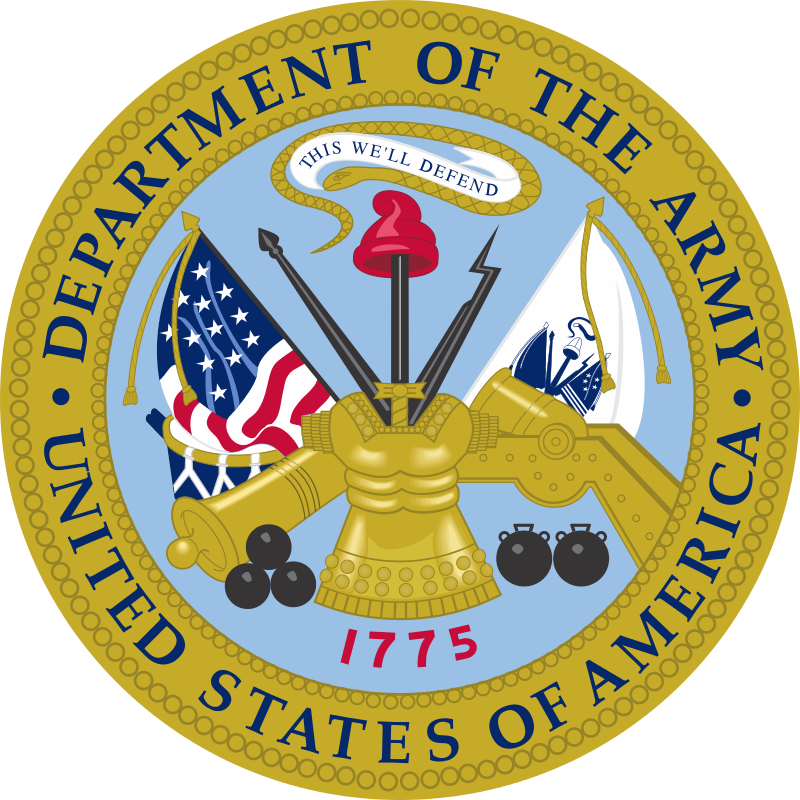 Army
Army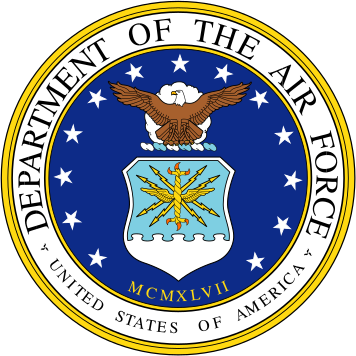 Air Force
Air Force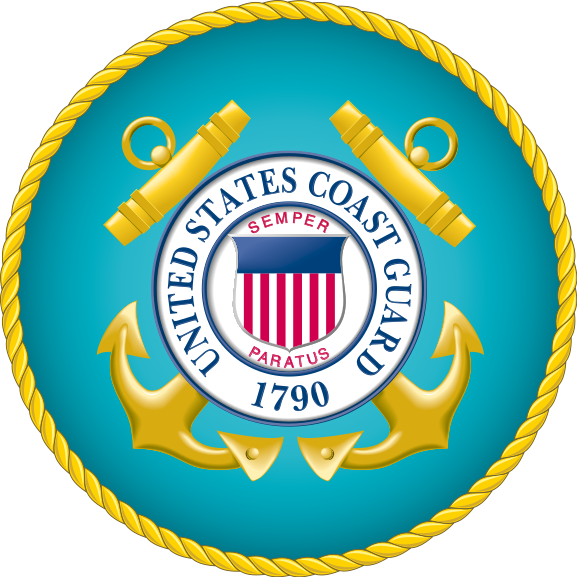 Coast Guard
Coast Guard
